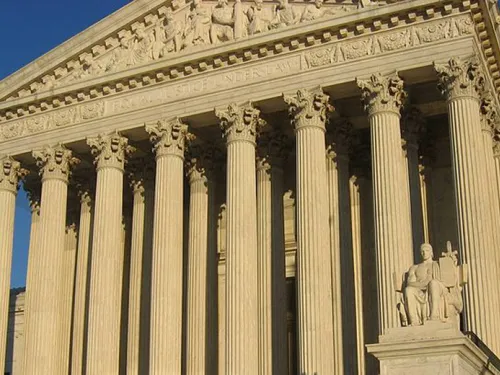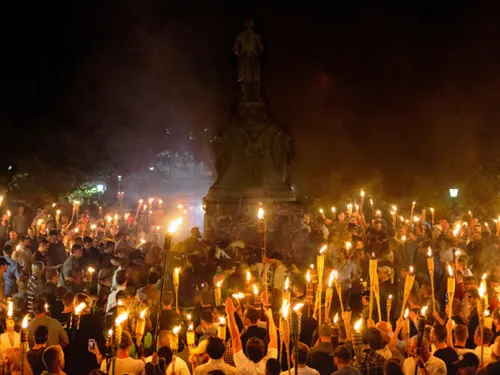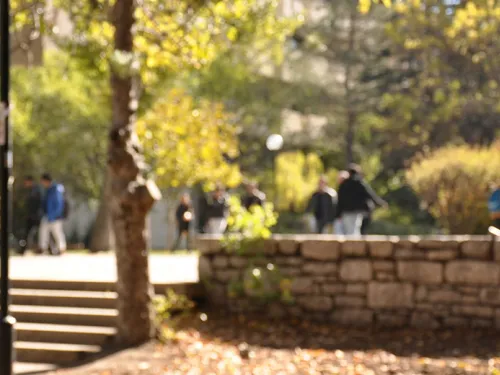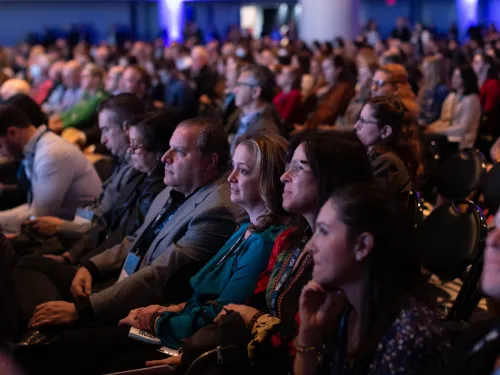by: Jinnie Array
June 14, 2016
The unspeakable tragedy that took place at the Pulse Club in Orlando, FL in the early morning of June 12 brings with it a wide range of emotions for people across the country and world. Those feelings include anger, sorrow, loss, hopelessness, horror, fear, rage and also—a sense of powerlessness. It is easy to feel powerless when you think there is nothing you can do: nothing you can do about the hate, the gun violence, the terrorism and the extremist propaganda that takes place in the lonely crevices of the internet.
But we are not powerless. We know that just as bias and hate are learned, they can also be unlearned. We know that there is potential legislation for limiting gun violence and automatic weapon accessibility. We know that the propaganda used to recruit young people for terrorism can be addressed by helping them deconstruct this propaganda, addressing vulnerable students’ feelings of marginalization, stigma, and isolation and creating school communities where all students feel safe and respected. We know that the escalation of hate —if addressed on more subtle levels which include bias, belittling and stereotyping—can be stopped in its tracks before it makes its way up to the pyramid to bias-motivated violence.
Specifically, we need to guide and teach young people:
- To explore their own identity, learn about other kinds of people and reflect on how to play, work, learn and live with people who are different than they are. This is easier said than done and takes active and intentional work at home, in schools and among the adults in young people’s lives who also need to self-reflect and be good role models. While we don’t know for sure if the shooter targeted the club because it was an LGBT establishment or because it was “Latin Night,” we know that accepting oneself and others is a critical component to living in a pluralistic society.
- To treat others with respect and not fall prey to judgment and stereotyping when people are different. For example, the anti-Muslim bigotry, bias and rhetoric that has been a permanent fixture since 9/11 and is exacerbated after an attack like the recent one, only feeds into the terrorism danger and increased recruitment and radicalization potential. Often times, the very people who are most at risk for extremist behavior find themselves in that situation because terrorist groups tell Muslims that the U.S. is at war with them and their religion, therefore reinforcing the terrorists’ propaganda. This Islamophobia actually makes us more vulnerable rather than less so.
- To understand what bias is, the different forms it takes (e.g. racism, homophobia, religious bigotry, sexism, etc.) and how—over the course of history—injustice has been overcome by people addressing it in large and small ways—both personal and institutional. We need to teach young people how to be an ally and the ways in which activism makes a difference.
- To be critical and analytical thinkers and specifically, to be judicious readers of online propaganda and cyberhate as a weapon to counteract the power of it. If students are able to deconstruct the subtle messages in propaganda and understand how its creators use it to manipulate young people, that decreases their opportunity to take advantage of vulnerable youth.
- To work with others to do something about the bias, violence and hate they see in the world. As the news made its way into people’s homes on Sunday morning, there was an immediate and overwhelming response to the need for donating blood, so much that they had to ask people to stop coming. Across the country and world, vigils are taking place to mourn, convene with others and show the world that intolerance and hate are unacceptable. In addition to these immediate expressions of support, there is long term activism that can take place around bias, injustice, gun laws and hate crimes legislation.
In U.S. schools, fears of extremism, radicalization and mass violence have become all too familiar. It is important that schools, too, feel a sense of power that there is something they can do about those fears and realities. Among other things, they can understand and reflect on the precursors to violent activity, identify warning signs and refer young people to specific and appropriate support, create safe communities of learning that includes anti-bias programs and provide resources for students who are targets of bias and bullying.









